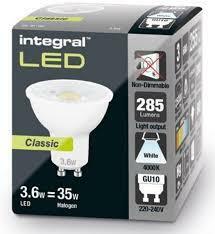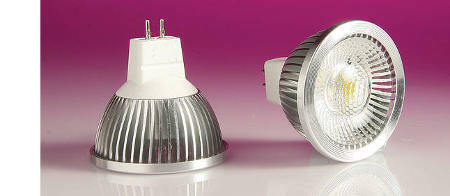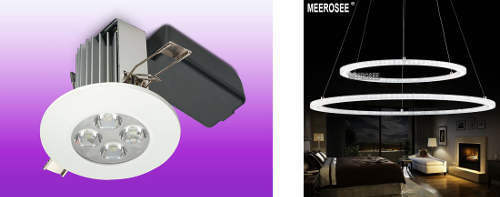Now, I know for a like for like type of light bulb the title will be the case - e.g. 3w LED bulb will be cheaper to run than a 7w LED light bulb and a 5w energy saving bulb will be cheaper than a 10w energy saving bulb and so forth.
But what if I am comparing different types of bulb? So is it still the case that a 5w energy saving bulb will be cheaper than a 7w LED bulb? All the advice I've read seems to say that LED is pretty much always cheaper 'in the long run' but that also takes into account the purchase cost of the bulb in the first place. I am only interested in the running costs and disregarding the purchase costs.
Then what if I have a combination of bulbs? Would I just add up the total wattage? So in this example, will an uplighter using a 5w energy saving bulb be cheaper than a ceiling light using two 3w LED bulbs?
Many thanks in advance
Best answer by Transparent
View original







